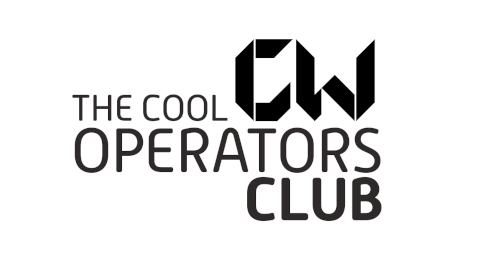What is RaDAR you may ask?
RaDAR stands for Rapid Deployment Amateur Radio. It was a concept that was defined in the late 2000’s. RaDAR, like many others for example SOTA (Summits on the air) and POTA (Parks on the air), is an outdoor activity with a difference. The difference is the need to move to a new location after every five contacts. RaDAR had challenges, much like a contest but was not limited to contest activity. It could be practised anywhere, any time and had no need to take part in some designated park or on a specific mountain top.

RaDAR used the shortwave frequencies or “line of sight” simplex VHF and UHF frequencies, even the low earth orbit satellites were used in order to contact other amateur radio stations.
RaDAR challenges, like most contests, made ten character grid locator exchanges. There was a multiplier equal to the number of movements after every five contacts. Movements were done on foot mostly but to accommodate the not so fit, bicycles, canoes and powered vehicles were included. The movement distance was different for each to make it fair. Real RaDAR operations though were those on foot, moving anywhere no matter the terrain.
Then RaDAR Sport became an idea. Using the same criteria of RaDAR, much promotion in taking RaDAR “to the Olympics” didn’t really see the light of day. However the ideas of evaluating RaDAR Sport did, in the form of “The COOL”.
What is “The COOL” you may ask?
The COOL stands for Community Online OPEN Logbook, a unique amateur radio online logbook which is open for anyone to view at any time from anywhere. The idea was that the onlookers of RaDAR Sport could all see who the “front runners” were as the competition progressed.

The COOL has its roots in RaDAR sport where accurate QSO details and exchange details were seen as extremely important. Evaluations of these details could be done through an online program which became known as “The Evaluator”. There are presently two defined reports, the first checks for QSO logging accuracy and the second the same but also including the accuracy of the exchanges. No human intervention is needed and results are available literally at the press of a button.
The COOL relies on the fact that both stations in QSO log on the system. An evaluation cannot be successful if only one station logs the QSO. This promotes team spirit and support for each other as radio amateurs having a common vision. Some radio amateurs may choose not to log, only concerned with their own selfish goals which is a real pity. The COOL is quite different but also very similar to any other online logging system. It belongs to the Community of which there can be many.
Logging is the key.
It was within the design of The COOL to make logging as quick and as pleasant as possible. If logging immediately after the QSO, the date and time (In UTC) are automatically set. All that is required is that the logger enter his designated PIN, the callsign with whom the QSO was made and the frequency in MHz to the nearest kilohertz (For example 7.030). That’s it, pressing the save button, the log is stored in the central database.
The COOL is a web based system sitting in “the cloud”. It is accessible for reading by anyone from anywhere in the world. It is an OPEN logbook. That is what makes it unique. There was no need to design software for Android or Apple, Linux or Windows, or any other specific platform, The COOL uses the browser and the user interface is adjusted for the device being used.
Some some radio amateurs had their preferences in logging software and so an ADIF import facility was written so that those logs could be uploaded to The COOL in order to share them with the COOL Community and be in a position that COOL evaluations can take place.

Some radio amateurs want their logs to be on other online platforms so an ADIF export facility was written so that COOL logs could easily be sent to other online systems. ADIF makes the world of diverse amateur radio facilities an easy task to share data.
How much easier can it get?
What is a PIN?
Each COOL user is designated a unique PIN which is associated with his / her callsign. It is sent on request to join The COOL. The idea behind the PIN is to limit abuse of the system and so each application is verified before allocating a PIN. The PIN security system was designed to fit in with The COOL and all its facilities and works extremely well.
